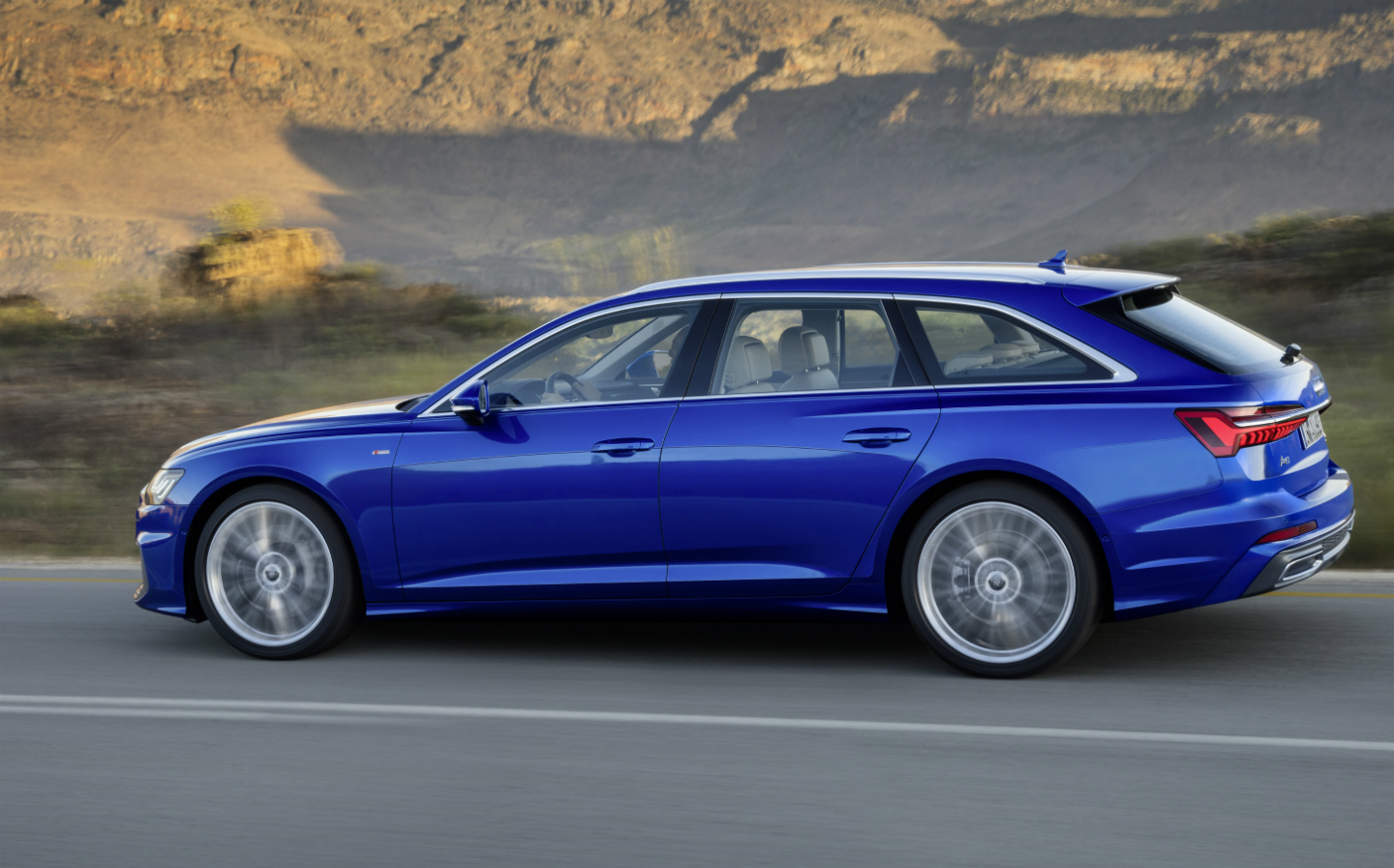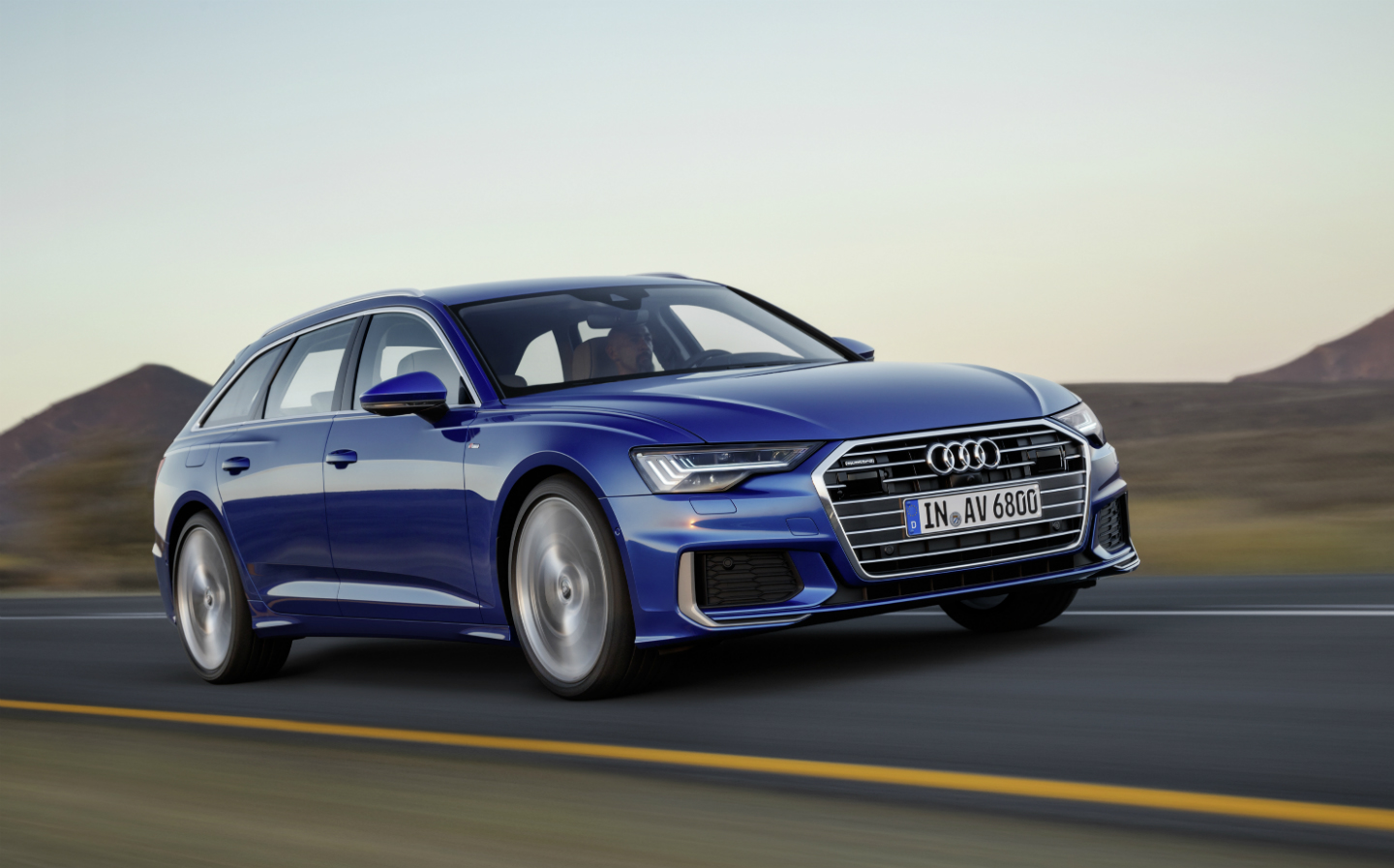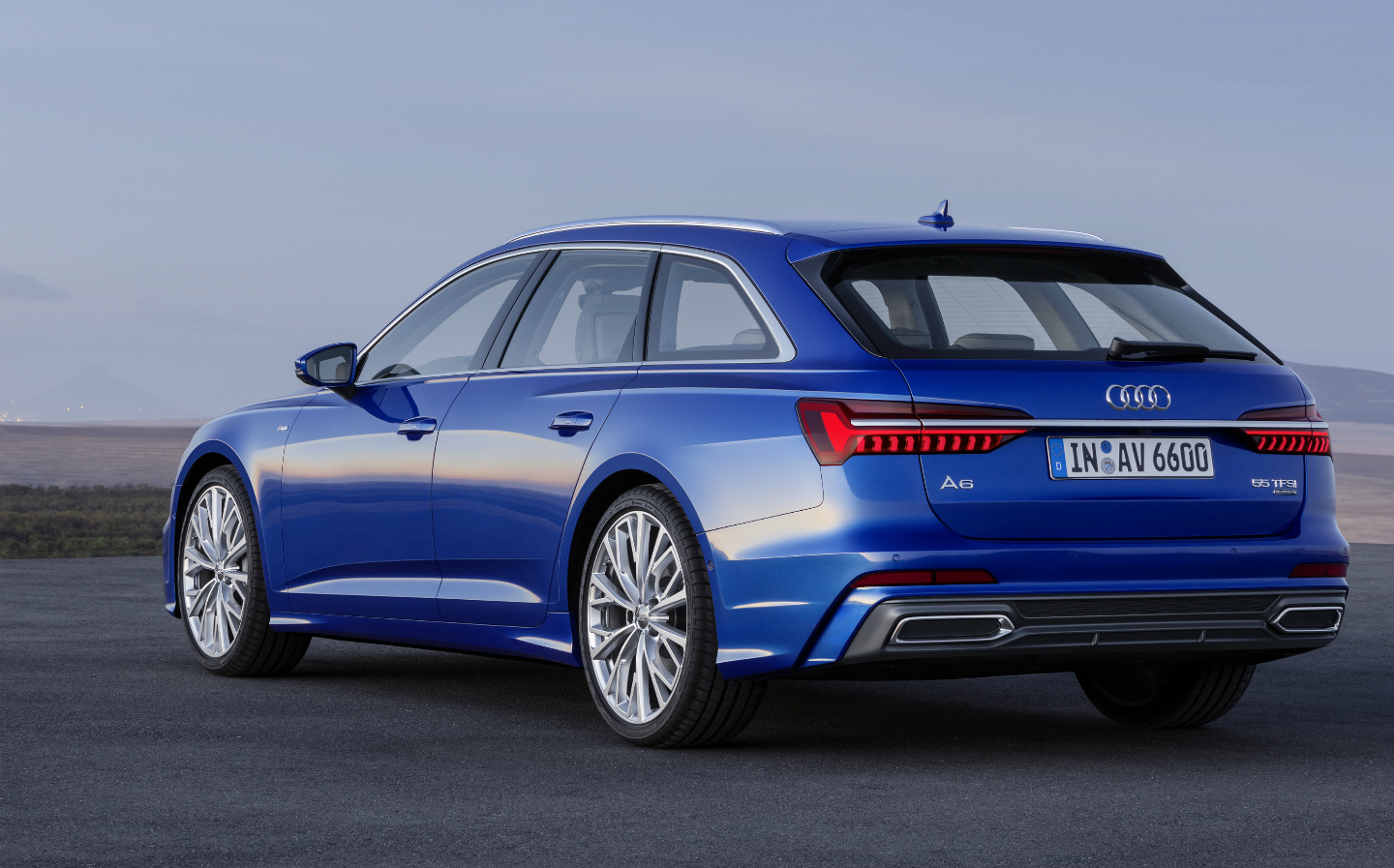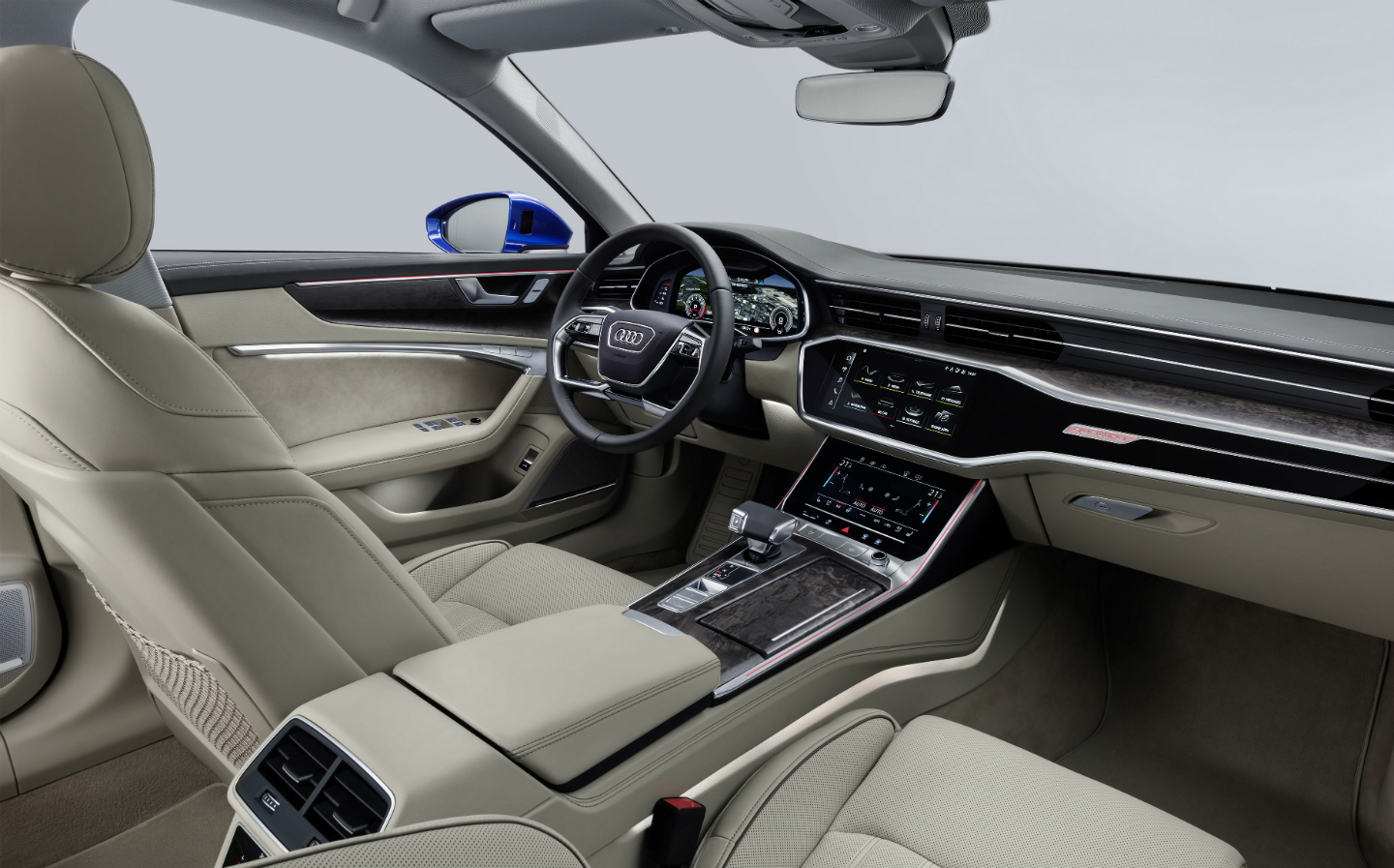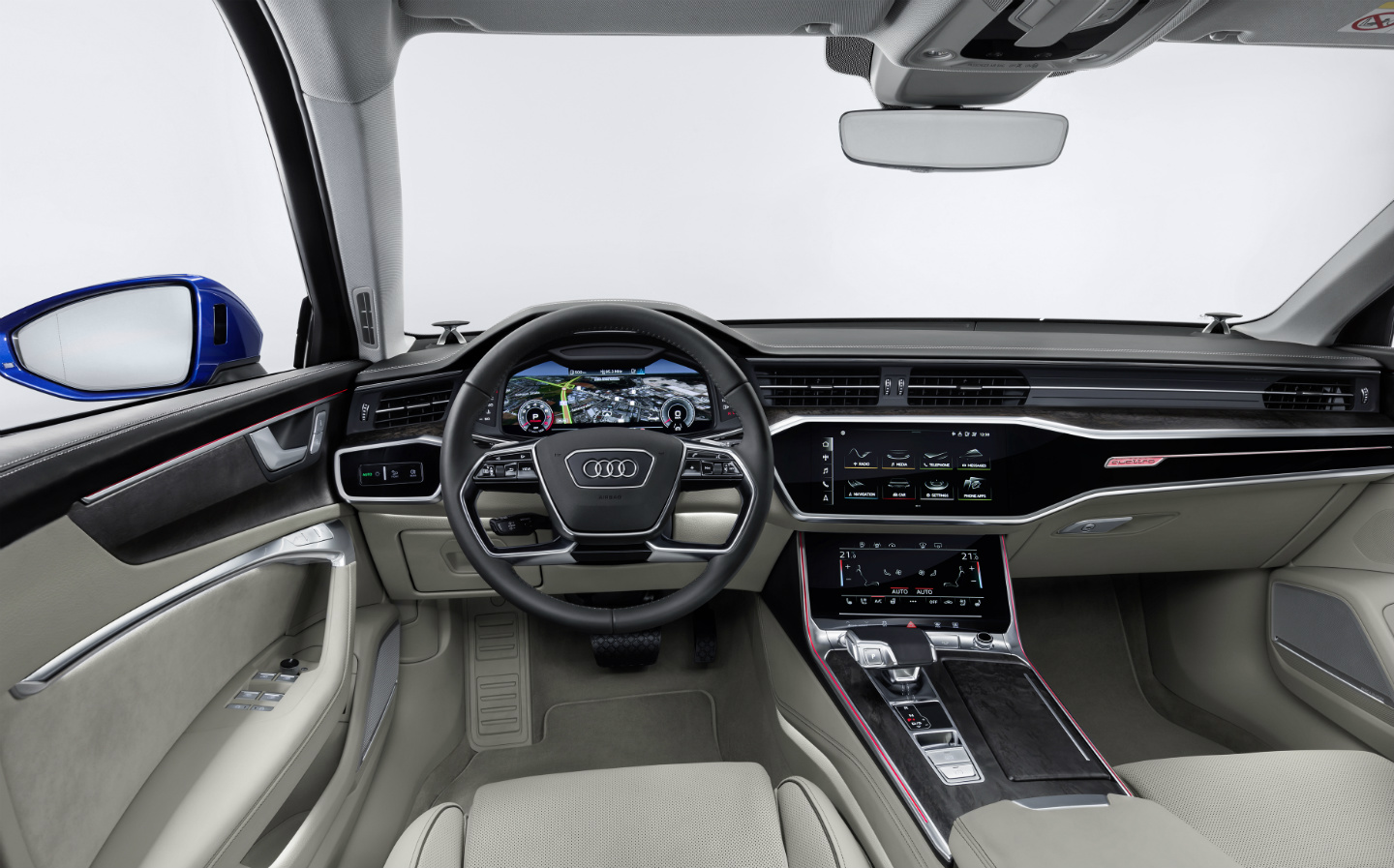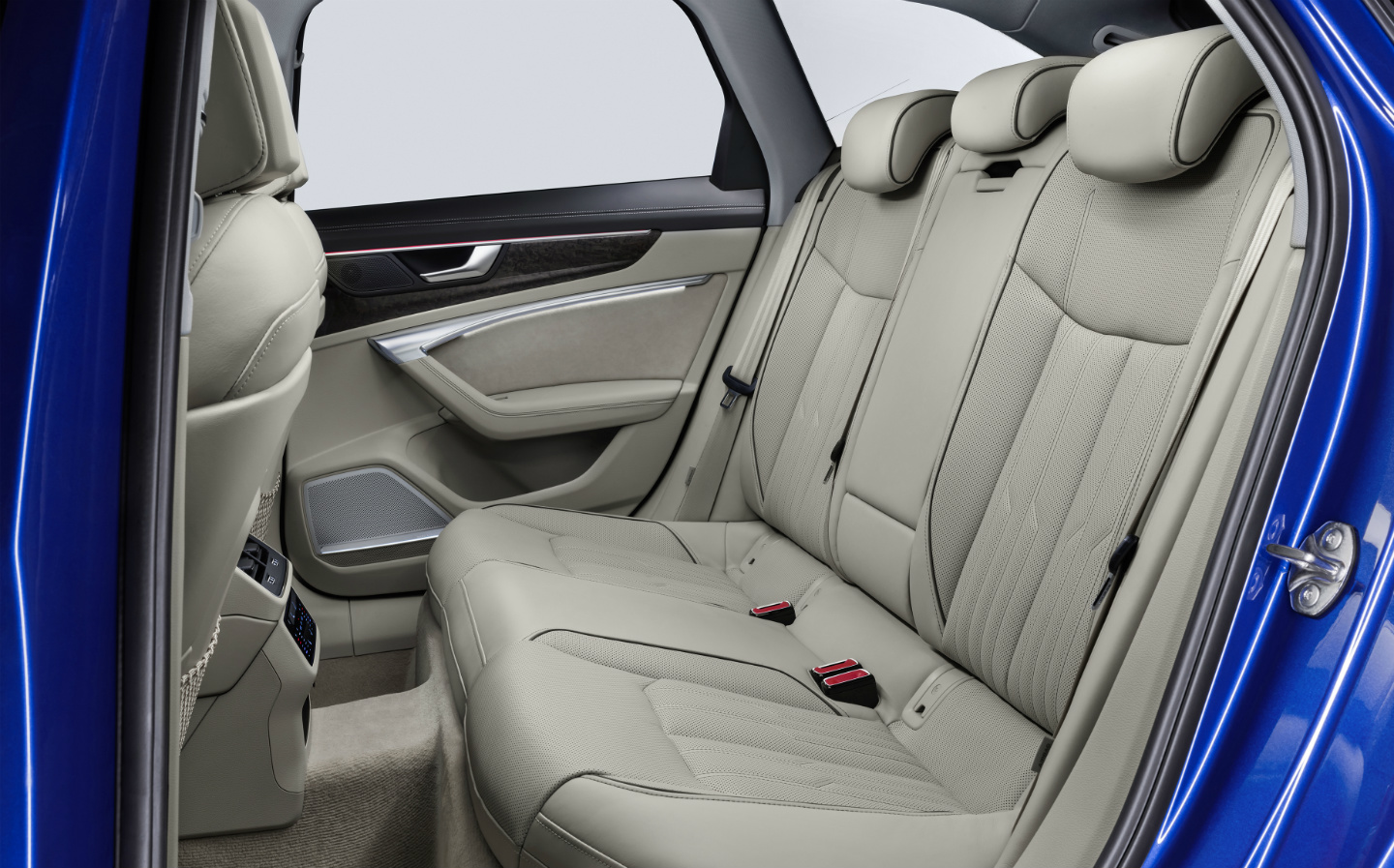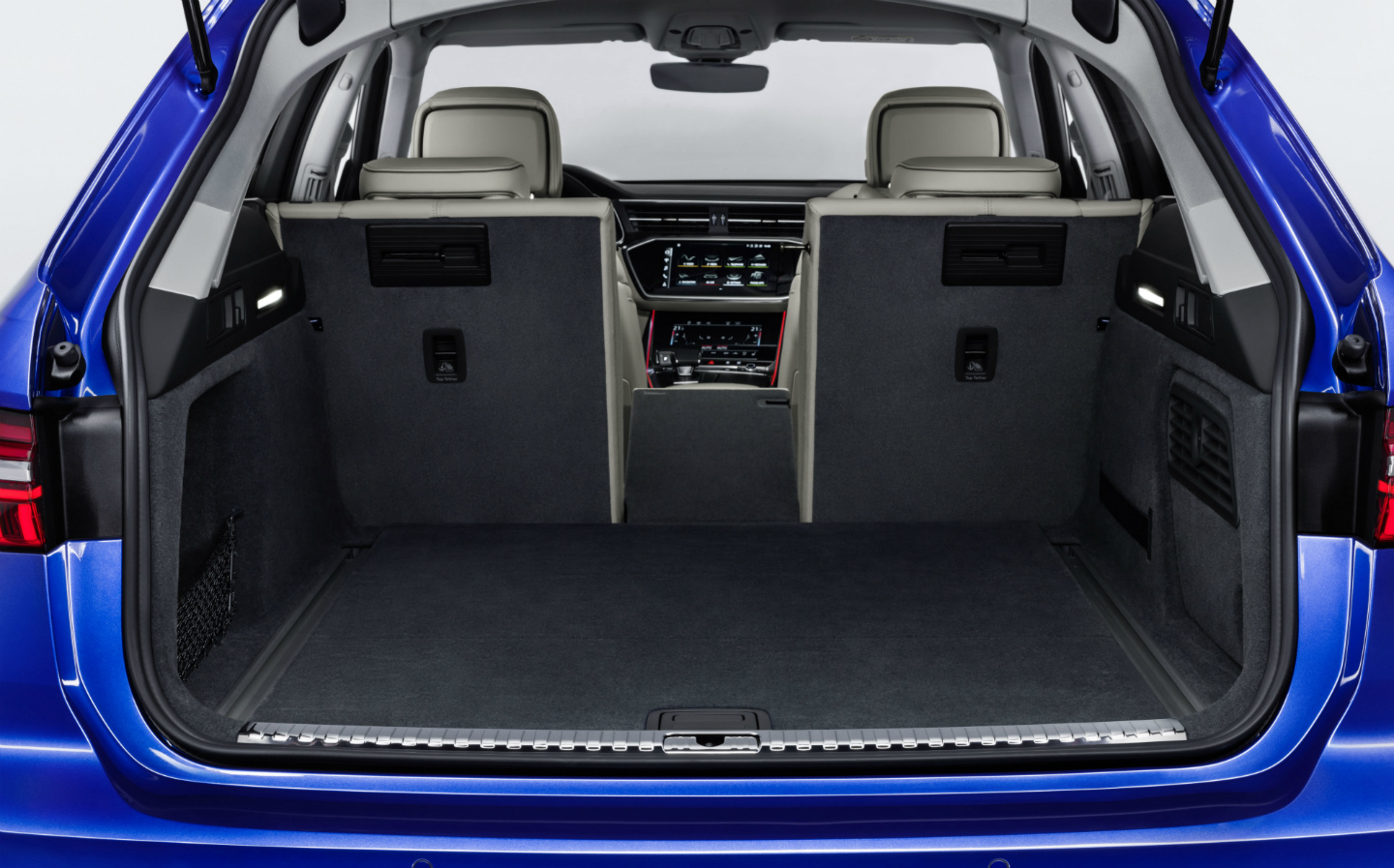Loaded: Is the new Audi A6 Avant the largest family estate car?
See how its boot compares to rivals
LIKE MOST car makers, Audi showrooms may be crammed with SUVs, including the Q2, Q3, Q5 and Q7, but many drivers still prefer the sleek lines and car-like driving experience of an estate car.
Showing it hasn’t forgotten those customers, Audi has revealed a new generation A6 Avant.
The posh estate car, which competes with one of Jeremy Clarkson’s favourite cars, the BMW 5-series Touring, as well as the Mercedes E-class estate and Volvo V90, will go on sale in Britain this summer – but will drivers find the load lugger is up to the challenges of family life?
Browse NEW or USED cars for sale
Audi has given the new model a sleeker look, with a more pronounced slope to the tailgate which is said to evoke the Audi 100 Avant from the 1980s.
However, the company says that despite the stylish design, there is just as much boot space for carrying the inevitable mountain of luggage, pushchairs, scooters and dogs that young families carry in their car.
The boot is 1,050mm wide and can hold 565 litres of cargo when all five seats are in use. Fold the back chairs down (which can split 40:20:40) and that increases to 1,680 litres.
The largest Avant in Audi’s range boasts other tricks of the trade that every good estate car should feature, including an electric tailgate, automatic luggage cover and a rail system with four moveable lashing points and luggage net.
As an option, the keyless ignition system allows mum or dad to wave their foot beneath the back bumper to open the boot – ideal when carrying armfuls of shopping or sleeping children.
As significantly, the cabin is claimed to have gained more passenger space over the outgoing A6 Avant.
Space race: How the Audi A6 Avant’s boot sizes up
| Audi A6 Avant | BMW 5-series Touring | Mercedes E-class estate | Volvo V90 | |
| Boot space (seats raised) | 565 litres | 570 litres | 640 litres | 560 litres |
| Boot space (seats lowered) | 1680 litres | 1700 litres | 1820 litres | 1526 litres |
A coasting function, which switches off the engine between 35mph and 100mph to save fuel – such as when going down a hill – is said to reduce CO2 emissions, and certain A6 models get a new, sophisticated mild hybrid system. A 48V electrical system is paired with a lithium ion battery, which can store energy captured during deceleration. It reduces CO2 emissions by around 10g/km.
UK drivers will be able to choose from a 201bhp, 2.0-litre four-cylinder diesel, two 3.0-litre V6 diesels, producing 228bhp and 286bhp respectively, and a 335bhp 3.0-litre V6 petrol, all using an automatic gearbox. A four-cylinder, 2.0-litre petrol engine will join the range later, and quattro four-wheel drive will be fitted to some versions.
There will also be the capability for driverless operation. Like the Audi A8, the A6 will be available with optional extras that give it Level 3 autonomous driving capability – although such features are not yet permitted to be used on UK roads.
Four types of suspension will be available. A standard set-up, a sport version, suspension with adjustable dampers and an adaptive air suspension system.
Details of the prices, trims levels and standard and optional equipment for the A6 Avant are still to be announced, but it is expected to cost from around £35,000.
Tweet to @squarejames Follow @squarejames


